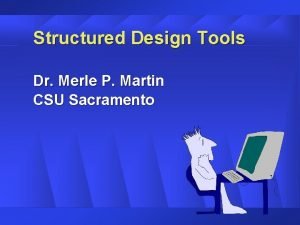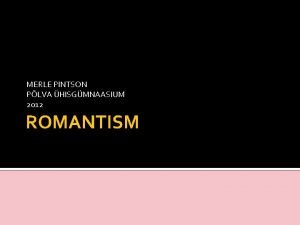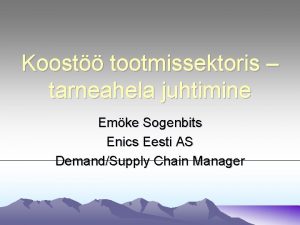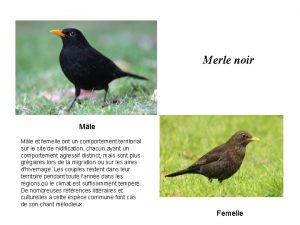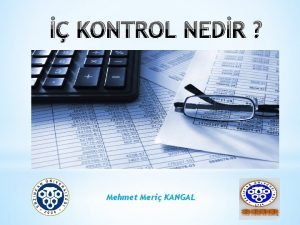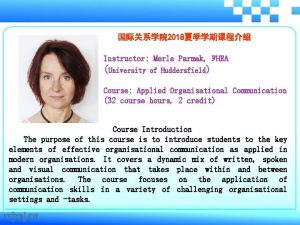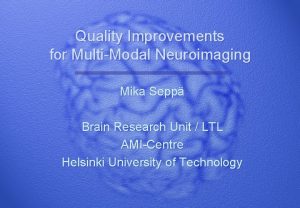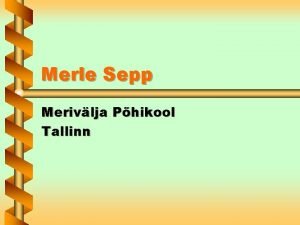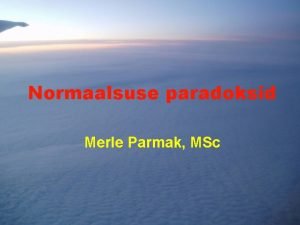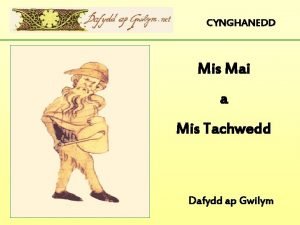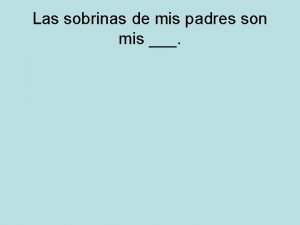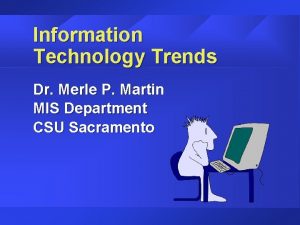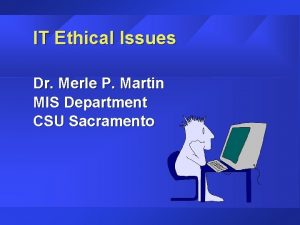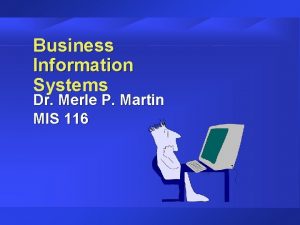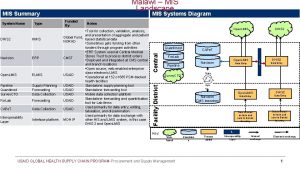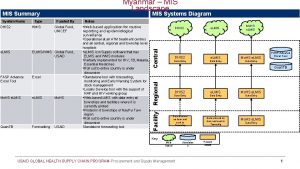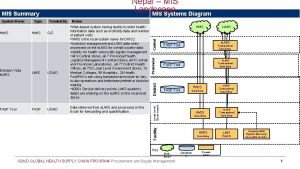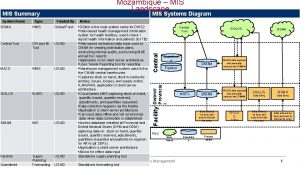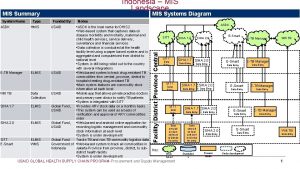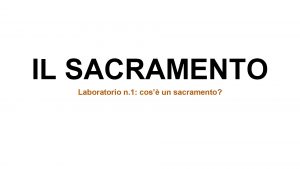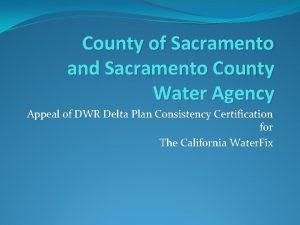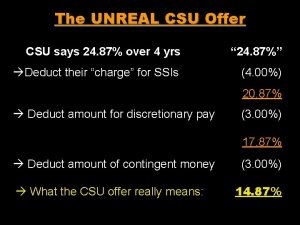What is MIS Merle P Martin CSU Sacramento














- Slides: 14

What is MIS? Merle P. Martin CSU Sacramento

Agenda Definition t Complexity Spectrum t MIS Continuum t Development Sequence t Areas and characteristics t

Definition M anagement I nformation S ystems t Management u Focus on decision making u Blunting the technical edge u People-oriented u Output-oriented

Definition t Information u Processed data u Computer or otherwise t Systems u Not just hardware / software u People and procedures

The IT System Hardware/Soft TECHNOLOG MANAGEMEN -ware Y T COMPUTER USER Interface Change Manageme nt Decisio n Suppor Applicatio nt Programmi ng Connectivity IT Operations Manageme Database nt Systems Developme nt

Contrast with Computer Science Future orientation t Adaptive to change t Satisficing, not optimizing t Business (profit) orientation t Balance between u technology u people t

Complexity Spectrum Complexity Minor Major Modifi- Modification s s Maintenance (85%) System Enhanc Replace e- ments Developm ent(15%) Systems Analysis (Options to

MIS Continuum t Data Flow Diagram u Processes (programs) u Data Stores (files) u Data Flows (forms / messages) u External Entities (customers)

Strategic. MIS computi ng literacy Continuum Data store Database Dat External a Process a Entity flow Data Com. w Decis. Applic. Models Prog. Systems Design

Systems Analysis (Triage) Decide Minor Repair Reengineeri ng Replacem ent System Design Systems Operation (Maintenance)

Areas Characteristics Systems design t Primary tools t Data base t Team skills t Data t Communication communication skills s t Customer t Application contact programming t Problem solving t Interface with computer science t

Systems Analysis (Triage) Syste Data Appli ms Base Com. c. Design Prog. Char. Flow Prim. tools DFD ER ? ? ? chart s Team skills Hig D Med High Com. skills h Med. . Cust. Hig Low contact Med Med. h. Prob. High solving Med Low h. Interface Med. Area

Customer Focus Users / end-users t Participation in design t Decisions on technology alternatives t Feedback on satisfaction t Future File t

Concepts to Remember MIS Definition t Complexity spectrum t MIS Continuum t Development Sequence t Areas and Characteristics It’s not about hardware; it’s not about software; it’s about people! t
